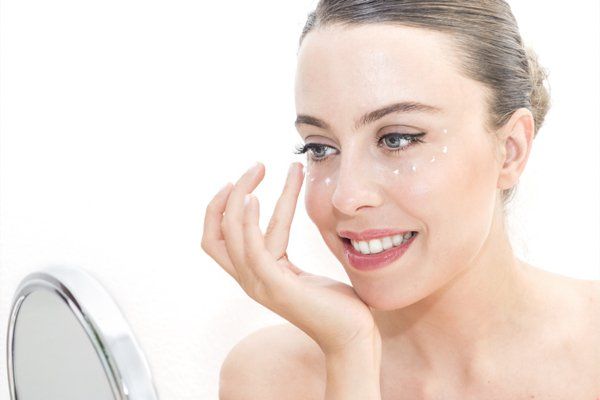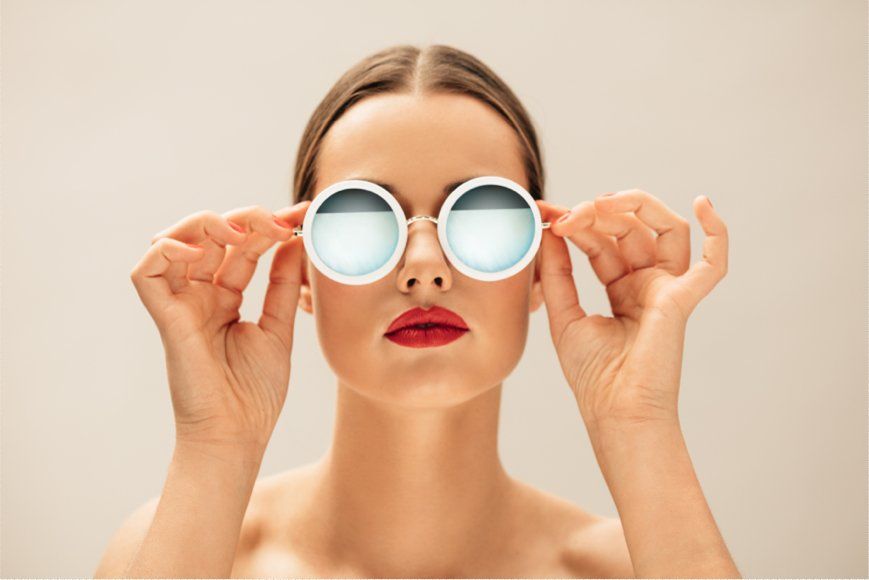Are you applying sunscreen correctly?
Study finds most people fail to cover critical skin areas.
Full coverage is always a good thing. We get full coverage when it comes to car insurance because we don’t want to leave anything to chance. Same should apply to the assurance you get knowing you have properly applied sunscreen on your face.
Did you know that more people are diagnosed with skin cancer each year in the U.S. than all other cancers combined?
It is important to make sure your face is fully covered with sunscreen, this includes the eyelids!
In a 2017 study using UV photography to show where participants had actually applied their sunscreen, they found the most complete application was on the cheeks, forehead, chin and temples.
There was an almost complete absence of sunscreen on the upper and lower eye lids.
The researchers reached the opinion that participants were too afraid to get the sunscreen in their eyes. While some sunscreens do sting a bit if they get in the eyes, there has been no evidence to suggest that sunscreen is harmful to the eyes. Possible fleeting discomfort should never outweigh the benefits of full protection. Ask us what sunscreen we recommend that doesn’t get into the eyes and make sure it’s SPF 50.
UV rays don’t just go after the skin, they go after
the eyes themselves. Corneal damage from not wearing glasses is a real thing.
Everyone knows, or should know, that looking
directly into the sun is an absurdly dangerous idea and can cause permanent
damage to the eyes. However, the rays of the sun do bounce off of surfaces,
like water, and can lead to UV damage to the eyes which can be painful and not
easily healed.
This is why it is important to know and understand what protection you are getting with your lenses.
The American Optometric Association suggests that you make sure whichever pair you pick will block more than 95 percent of UV-A and more than 99 percent of UV-B radiation.
If your sunnies aren’t packing at least this much of a punch, they are doing very little to help shield you from the sun, and actually can make you more susceptible to harmful rays because our pupils dilate behind sunnies letting in even more dangerous light.
As you are heading out to the garden, beach, or amusement park this summer, don’t forget to face the facts and give yourself full coverage!
You may get years of fun in the sun, but you only get one face and one set of eyes. Keep them safe and sound.
Start these good habits with your kiddos early, and they will become second nature by the time they reach their adult years (with healthy skin and eyes)!
Sources
https://www.aoa.org/healthy-eyes/caring-for-your-eyes/uv-protection
Completeness of Facial Self-application of Sunscreen in Cosmetic Surgery Patients Nicole A. Langelier,MD, MBE; Jason Liss, MD; Sandra Stinnett, DrPH; Julie A. Woodward, MD




